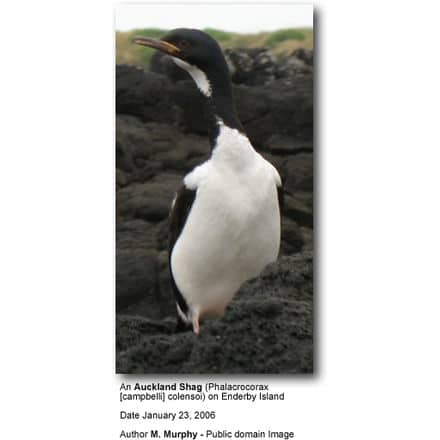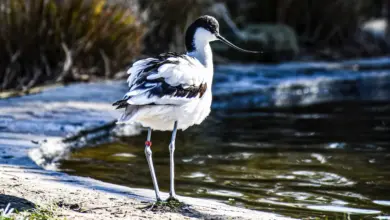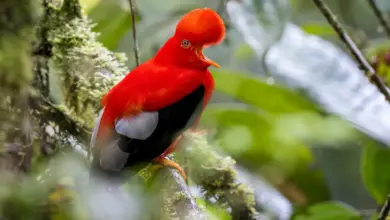Blue-eyed Shag
The blue-eyed shags are a group of closely related cormorant taxa. All have a blue ring around the eye (not a blue iris); other shared features are white underparts (at least in some individuals) and pink feet.
Cormorant Information … Listing of Species … Cormorant / Shag Species Photos
They are found around the colder parts of the Southern Hemisphere, especially near southern South America and New Zealand.
Many are endemic to remote islands.
Determining which types are species and which are subspecies of what larger species is problematic; various recent authorities have recognized from 9 to 13 species and have placed them in a variety of genera.
The common names are even more confusing, “like myriad footprints crisscrossing in the snow and about as easy to disentangle.”
Only one common name is given for most species here.
Delimiting this group after Nelson but assigning species limits after HANZAB gives the following species list, divided into two “complexes”:
- Imperial Shag or Blue-eyed Shag, Phalacrocorax atriceps
- White-bellied Shag, Phalacrocorax (atriceps) albiventer
- Antarctic Shag, Phalacrocorax (atriceps) bransfieldensis
- South Georgian Shag, Phalacrocorax (atriceps) georgianus
- Heard Shag, Phalacrocorax (atriceps) nivalis
- Crozet Shag, Phalacrocorax (atriceps) melanogenis
- Macquarie Shag, Phalacrocorax (atriceps) purpurascens
- Kerguelen Shag, Phalacrocorax (atriceps) verrucosus
- King Shag, also known as New Zealand King Shag or Rough-faced Shag, Phalacrocorax carunculatus : The King Shag is a rare bird endemic to New Zealand. It is a large (76cm long, 2.5 kg in weight) black and white cormorant with pink feet. White patches on the wings appear as bars when the wings are folded. Yellow-orange swellings (caruncules) are found above the base of the bill. The grey gular pouch is reddish in the breeding season. A blue eye ring indicates its kinship with the other blue-eyed shags. King Shags live in the coastal waters of the Marlborough Sounds. They can be seen from the Cook Strait Ferry in Queen Charlotte Sound opposite the beginning of the Troy Channel.
- Stewart Island Shag, Phalacrocorax chalconotus
- Chatham Shag, Phalacrocorax onslowi : Endemic to New Zealand. Its natural habitats are open seas and rocky shores. The continued existence of this species is threatened by habitat destruction.
- Auckland Shag, Phalacrocorax colensoi
- Campbell Shag, Phalacrocorax campbelli: Endemic to New Zealand. Its natural habitats are open seas and rocky shores.
- Bounty Shag, Phalacrocorax ranfurlyi: Endemic to New Zealand. Its natural habitats are open seas and rocky shores.




